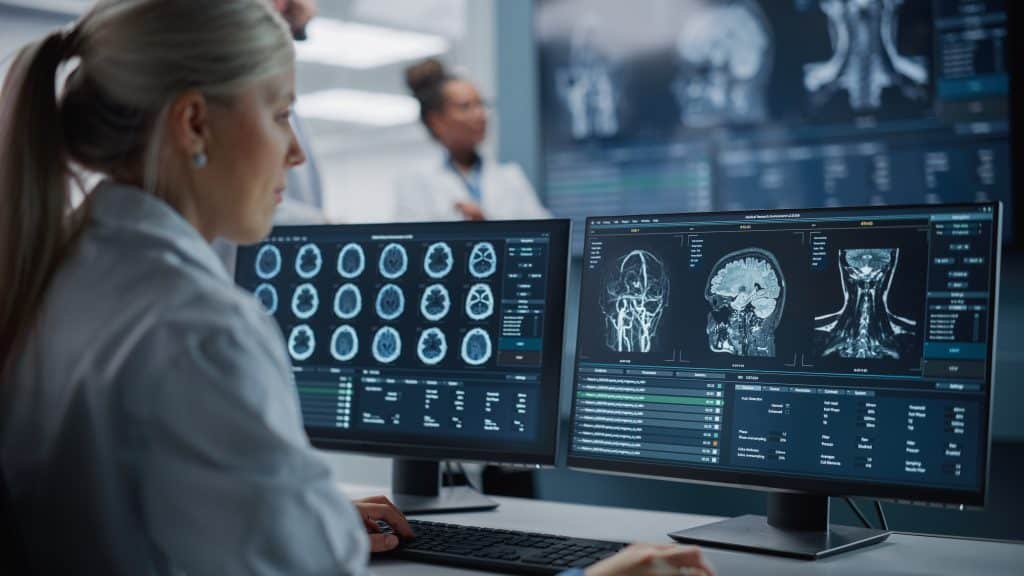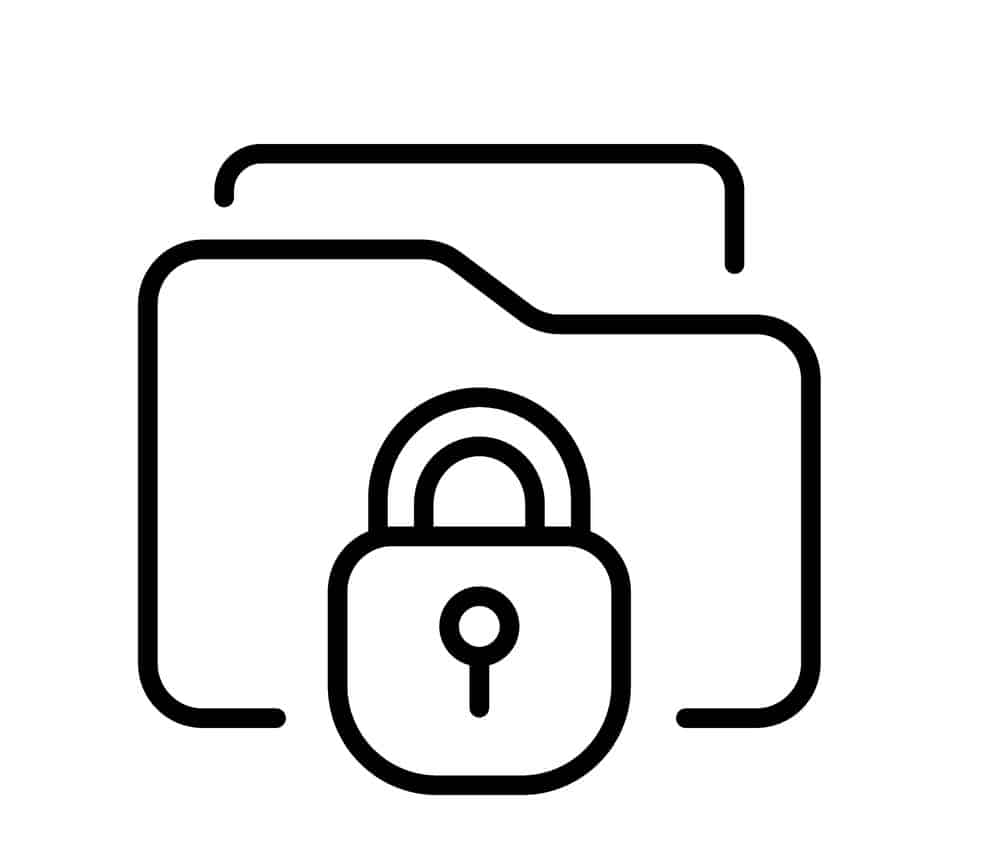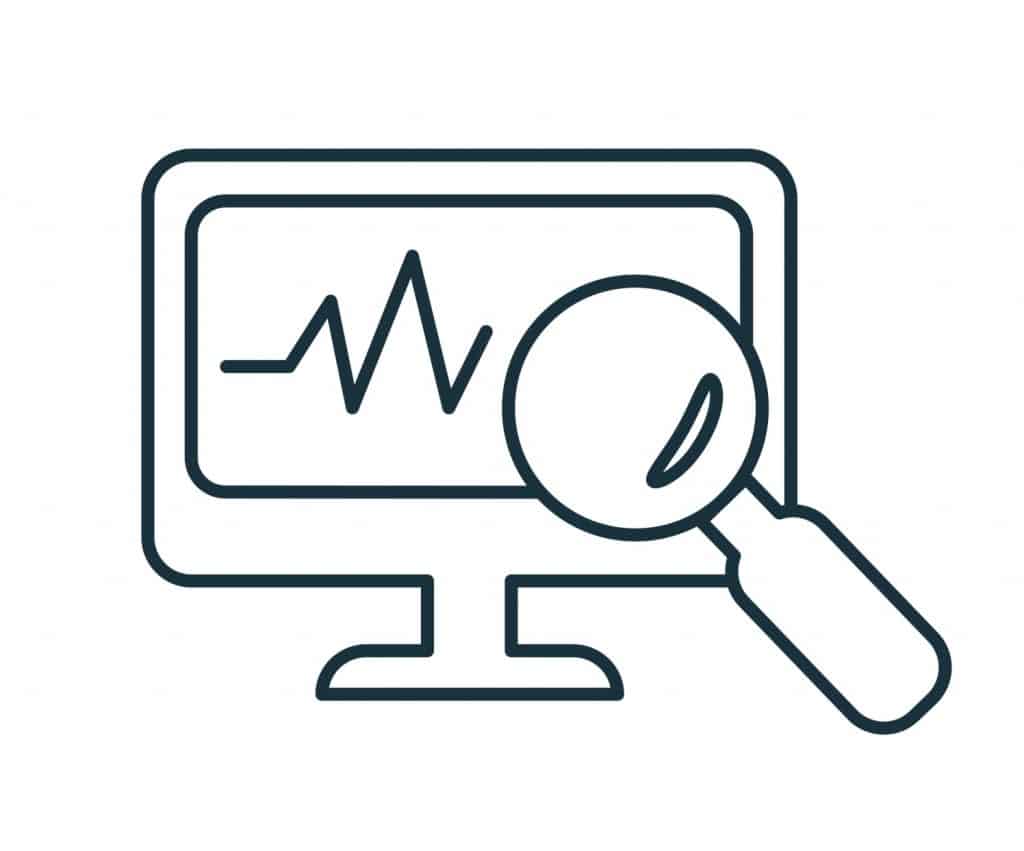Private 5G is revolutionizing the healthcare sector by offering a more connected and secure environment. Thanks to its very high throughput and low latency, this solution is ideal for communicating and connecting a multitude of medical equipment to ensure real-time monitoring.
It also offers a higher level of security, reducing the risk of cyber attacks and data leaks.


Independent of consumer mobile networks, a Private Mobile Network offers a very high level of security for patient medical data. Thanks to its high level of encryption, the risks of interception or piracy are very limited.

IoT sensors can be placed on medical equipment (respirators, care carts, healthcare beds) to track their location in real time. This enables proactive equipment management and reduces medical errors.

Secure video consultations between medical teams and patients thanks to the Mobile Private Network

The coordination of medical teams relies on reliable connectivity, so that they can communicate instantly in critical, life-critical situations.

Patients can wear the medical devices they need to monitor their state of health (heart rate, oxygen saturation, blood pressure, etc.). A Mobile Private Network promises continuous, uninterrupted and faultless monitoring. An anomaly can be detected instantly, enabling medical teams to intervene in an emergency.
Connected objects represent a major advance in the healthcare field: they improve medical practices, enabling smoother communication, optimized resource management and better patient monitoring in particular. For healthcare establishments, digital transformation means integrating these new devices and mastering new technologies to improve their methods.
So what are the new approaches to be implemented in healthcare? How can connected objects help improve care and the daily lives of staff? What connectivity methods are needed to power these new uses? That's what we'll be looking at in this article.